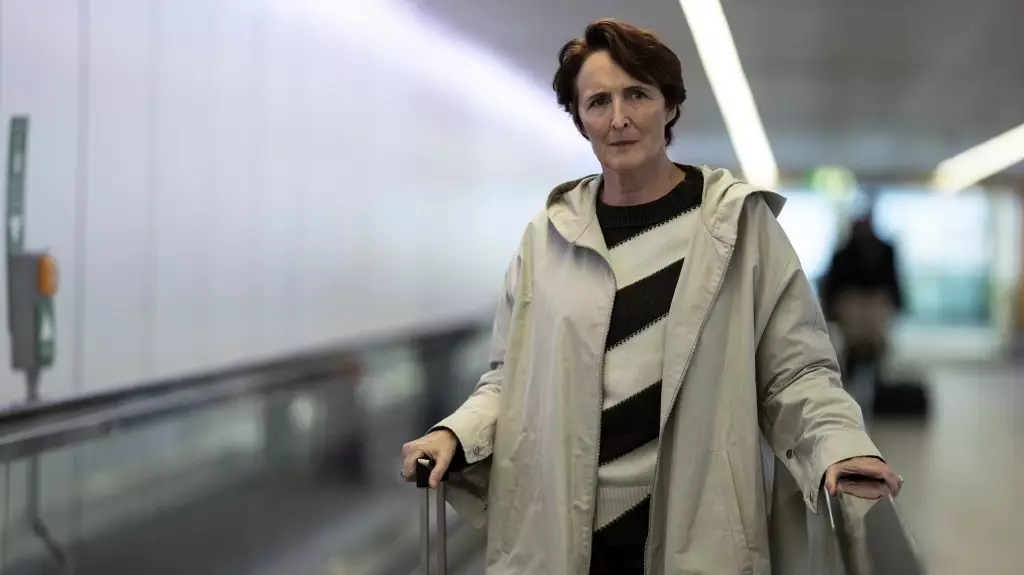When the BBC and ZDF introduced “Honey” at Series Mania, viewers were treated to what initially appeared to be a light-hearted take on Cold War espionage. The show was marketed with a playful concept, suggesting a flirty dynamic that could easily draw in an audience. However, beneath this enticing surface lies a deeper narrative intricately tied to the acclaimed “Killing Eve.” The decision to withhold this essential detail about “Honey’s” connection to the beloved series hints at a strategic marketing move designed to heighten anticipation and allure.
Connecting the Dots: “Honey” as a Prequel
It’s fascinating how “Honey” connects to “Killing Eve,” mainly through the character of Carolyn Martens. Fiona Shaw’s portrayal of Carolyn earned critical acclaim and a dedicated fanbase, making her backstory ripe for exploration. However, it is intriguing to assess what this prequel format means in the vast landscape of television narratives. Prequels can serve as a double-edged sword—while they can deepen the audience’s understanding of beloved characters, they can also falter if they fail to bring something fresh to the table. In framing “Honey” as more than just an extension of “Killing Eve,” the creators face the challenge of establishing a distinct identity and tone that can stand on its own.
The Craft of Emma Moran
Emma Moran, the writer behind “Honey,” deserves careful scrutiny as she steps into the shoes of a legacy that holds considerable weight. Best known for her work on the BAFTA-nominated show “Extraordinary,” Moran’s writing style is expected to carry a similar dramedy flair akin to that of Phoebe Waller-Bridge. Yet the question arises: can she capture the essence of what made “Killing Eve” a modern classic while expanding on its narrative threads? It’s a task that will require not just wit but an innovative perspective that can align the whimsical with the serious undertones of espionage.
Character Depth and Evolution
Marta, the lead character in “Honey,” presents an exciting opportunity for storytelling. Set in the turbulent landscape of 1982 amidst Cold War tensions, her situation as a deep cover agent gives room for character development steeped in conflict and suspense. Unlike the present-day stakes witnessed in “Killing Eve,” “Honey” might explore the pressures of maintaining a covert identity in an age where technology and intelligence were evolving rapidly. As the new Head of Counter Espionage for the Stasi becomes her relentless adversary, the psychological toll of this cat-and-mouse game will form a core theme—one that reflects emotional fortitude and cunning.
The Potential for Star Power
The speculation about cast members for “Honey” prompts excitement. The involvement of established stars like Fiona Shaw serves to bridge the legacy of “Killing Eve” with new narratives. However, casting is more than just attaching recognizable names; it requires a careful balance of talent that can resonate with both the established audience and newcomers. The allure of Carolyn’s early life can surely attract significant stars eager to dive into a complex character—a trend that has captivated many actors looking to build their portfolios with juicy roles in high-quality productions.
Strategic Partnerships in High-End Drama
The partnership between BBC and ZDF signifies a broader trend in global television, aiming for high-quality storytelling that transcends borders. With “Honey” serving as the inaugural release from this collaboration, expectations are sky-high. The international market for streaming platforms has opened venues for narrative diversity. The successful navigation of this landscape will be critical for “Honey” as it seeks a U.S. buyer, particularly in a saturated market where unique content stands a better chance of capturing audience attention.
In sum, while “Honey” appears to cloak itself in playful intrigue, a closer examination reveals a rich tapestry that could redefine spy dramas through the lens of character-driven storytelling and emotional depth.

Leave a Reply